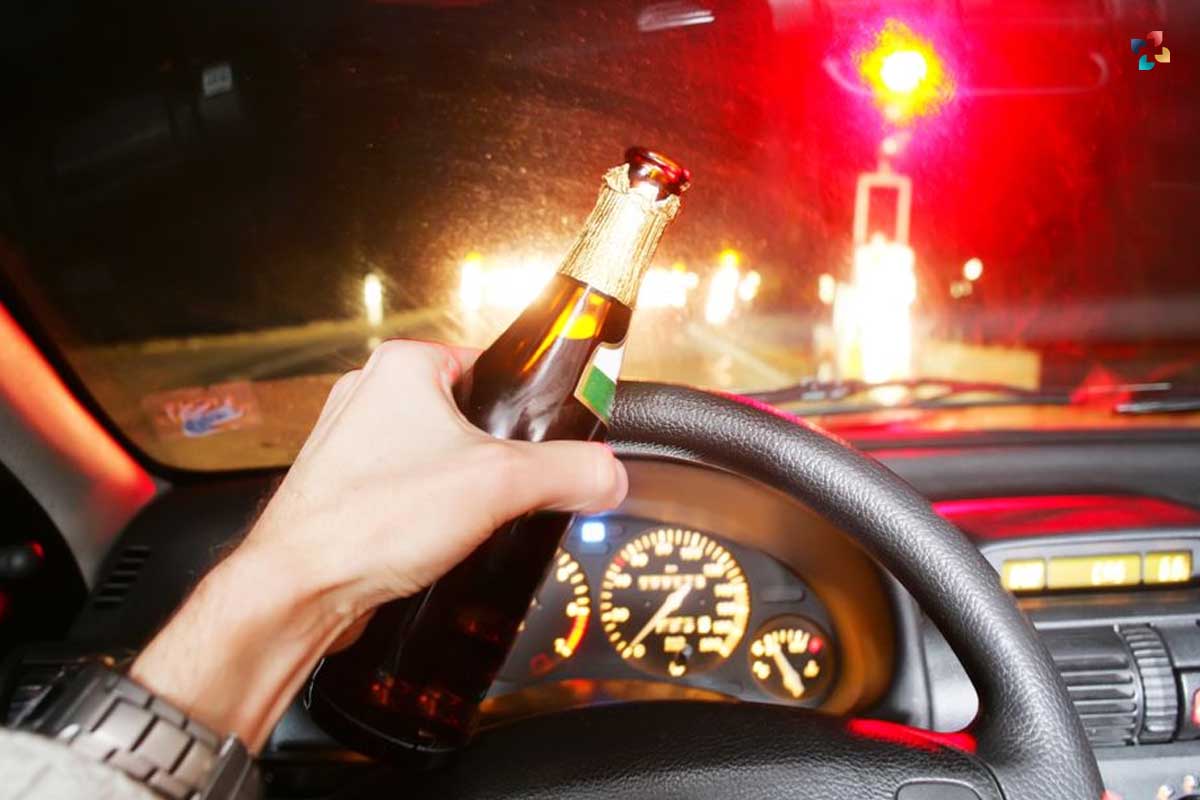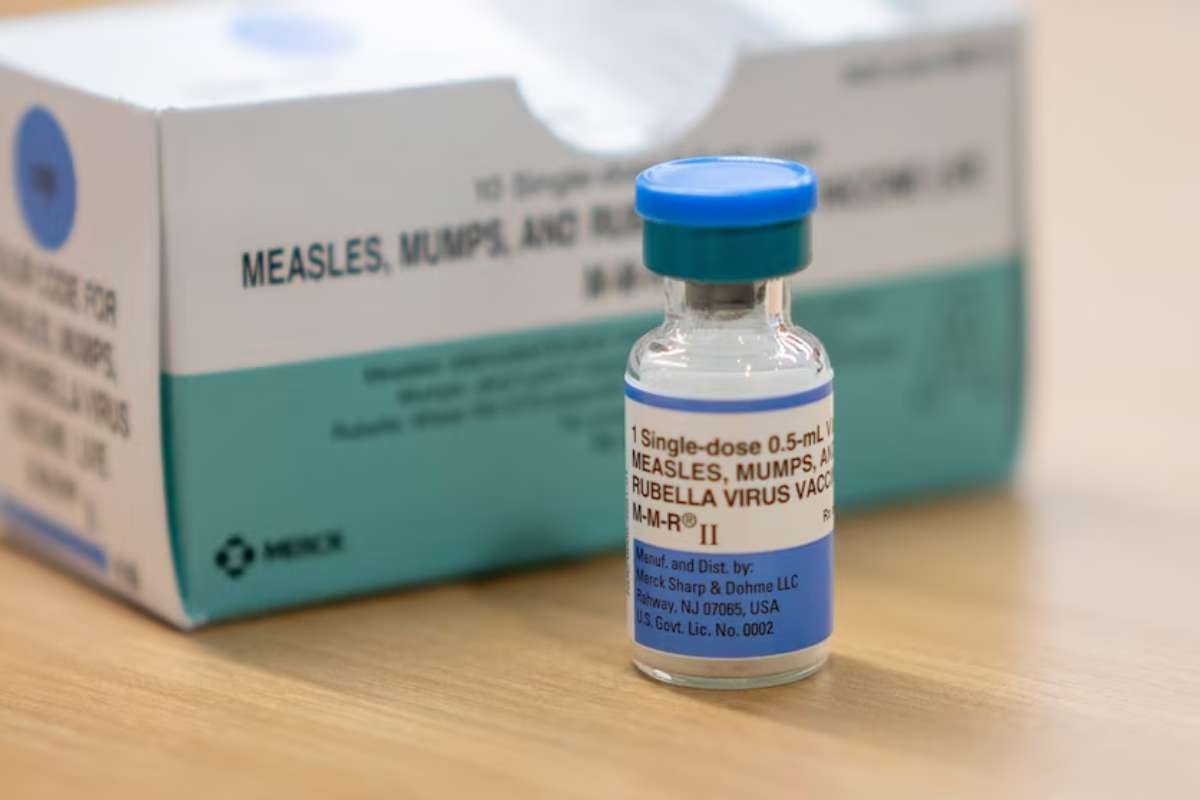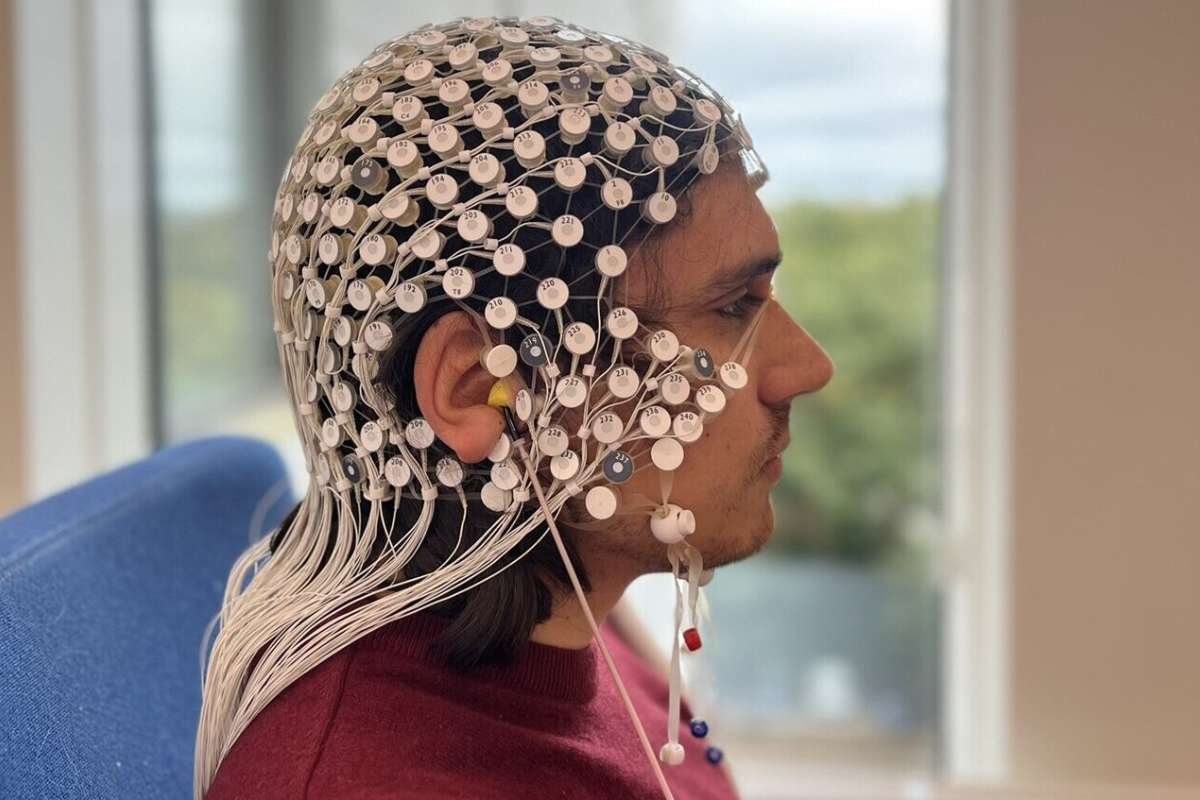Alcohol in Your Body
The effects of alcohol on your brain and the body are almost instantaneous. It enters the circulation through the mucosal layer of the stomach, which allows for its absorption. After it has established itself there, it will spread to the tissues of the rest of your body. By only five minutes, alcohol will have made its way to your brain, and within ten minutes, you will feel its effects.
The effects of alcohol on your brain go through numerous phases including the following ways;
The effects of alcohol on your brain are absorbed by the whole body, although the effects of it are felt most strongly in the brain. Drinking alcohol disrupts the normal functioning of the brain’s communication systems. Additionally, it may alter the way in which your brain processes information.
1. Intoxication that occurs subtly.

This is the beginning stage of drunkenness, and it is characterized by a blood alcohol level (BAC) of between 0.01 and 0.05. Even while it may not be obvious from the appearance that you have been drinking, your response speed, demeanor, and judgment could all be somewhat off. Depending on weight, most men and women reach this stage after one drink.
2. Euphoria.
When you first start drinking, your brain will produce more dopamine than it will later on. This molecule has been related to a pleasurable experience. You could have feelings of calm and self-assurance when you’re high on pleasure.
However, it’s possible that your logic and memory are affected to some degree. This stage, which is sometimes referred to as “tipsy,” happens when your blood alcohol content (BAC) is between 0.03 and 0.12 percent.
3. Excitement.
You are now considered legally inebriated if you have a blood alcohol concentration (BAC) between 0.09 and 0.25. When you are intoxicated to this degree, the occipital lobe, the temporal lobe, and the frontal lobe in your brain are all affected. Consuming an excessive amount of alcohol may result in negative side effects of alcohol on your brain that are unique to the functions of each lobe of the brain, such as impaired vision, speech, and hearing, as well as a loss of control.
Affected as well is the parietal lobe, which is responsible for the processing of sensory information. You can experience a decline in your fine motor abilities as well as a sluggishness in your response time. Mood swings decreased judgment, and even nausea or vomiting are common symptoms of this stage. During this stage, you may also experience these symptoms.
4. Confusion.
Disorientation is a common symptom of having a blood alcohol concentration of 0.18 to 0.30. Your cerebellum, which plays a role in maintaining your coordination, is being affected. As a consequence of this, you may need assistance while walking or standing.

Blackouts, often known as the momentary loss of awareness or memory for recent events, are another possibility at this stage of the process. This is due to the fact that the hippocampus, the part of the brain that is in charge of creating new memories, is not functioning as efficiently as it could. Additionally, you can have a higher pain tolerance, which might put you in greater danger of being hurt.
5. Stupor.
When your blood alcohol content reaches 0.25, you may begin to exhibit some worrying indicators of alcohol poisoning. At this point, there is a significant impairment across all mental, bodily, and sensory processes. There is a significant possibility that individuals may pass out, suffocate, and suffer injuries.
6. Coma.
When your blood alcohol content reaches 0.35, you run the danger of falling into a coma. This happens because the body’s ability to breathe, circulate blood, respond to stimuli and reflexes are impaired. A person who is at this stage runs the danger of passing away.
7. Death.
A blood alcohol concentration (BAC) of 0.45 or above increases the risk of alcohol poisoning as well as the effects of alcohol on your brain, all of which may lead to death.
Drinking and Driving
When you consume alcohol, your judgment is compromised, and this might lead you to believe that you are still able to drive even though your blood alcohol concentration is high. Drivers with a blood alcohol concentration (BAC) of 0.08 or above have 11 times the risk of being killed in a single-vehicle accident as drivers who have not been drinking.

Because of the increased likelihood of fatal accidents, the legal consequences for driving with a blood alcohol concentration (BAC) of 0.15 to 0.20 or higher are enhanced in several jurisdictions.
How Much Is Considered Excessive?
How your body reacts to alcohol is determined by a number of different variables. These include your age, gender, general health, how much you drink, how long you’ve been drinking, and how frequently you regularly drink. Other factors include how long you’ve been drinking and how often you normally drink.
People who consume alcohol just sometimes have a better chance of recovering after they stop drinking. However, when their judgment is affected, individuals may make bad choices that have lasting implications, such as driving under the influence of alcohol. Those who drink moderately, which is defined as one or two drinks per day, may have an increased risk for breast cancer. They could also be more likely to engage in violent behavior or be involved in accidents.
Over the course of a significant amount of time, there are heavy or chronic drinking effects of alcohol on your brain. This is defined as more than three drinks consumed per day or seven drinks consumed per week for women. It is more than four drinks per day for males, and it is more than 14 drinks per week. In order to put things into perspective, a bottle of wine yields five servings. Consuming alcohol in large amounts or over an extended period of time might result in irreversible harm.
To Know About Creative Brain: 5 Steps to Follow for a More Creative Brain






.jpg)
